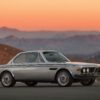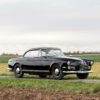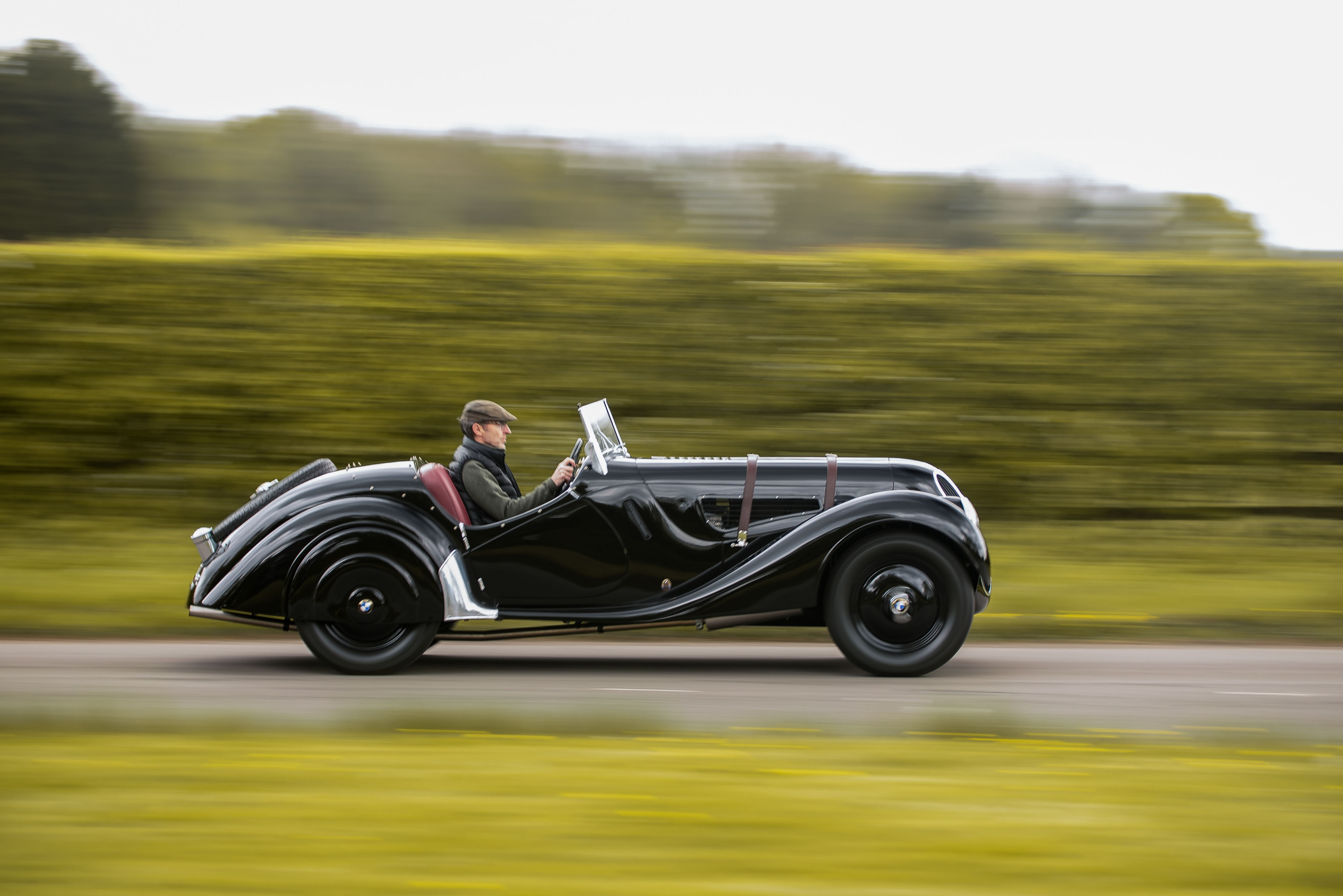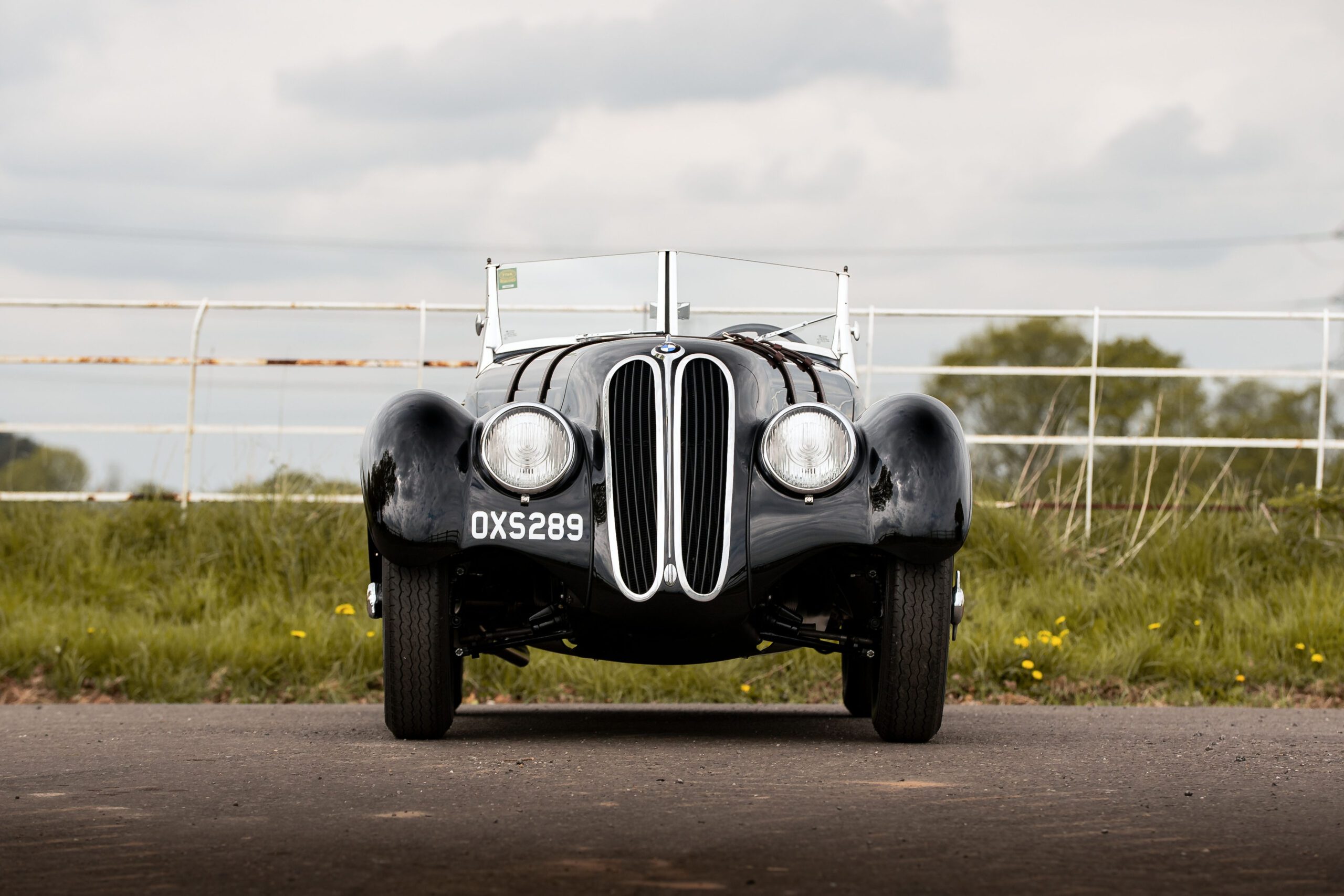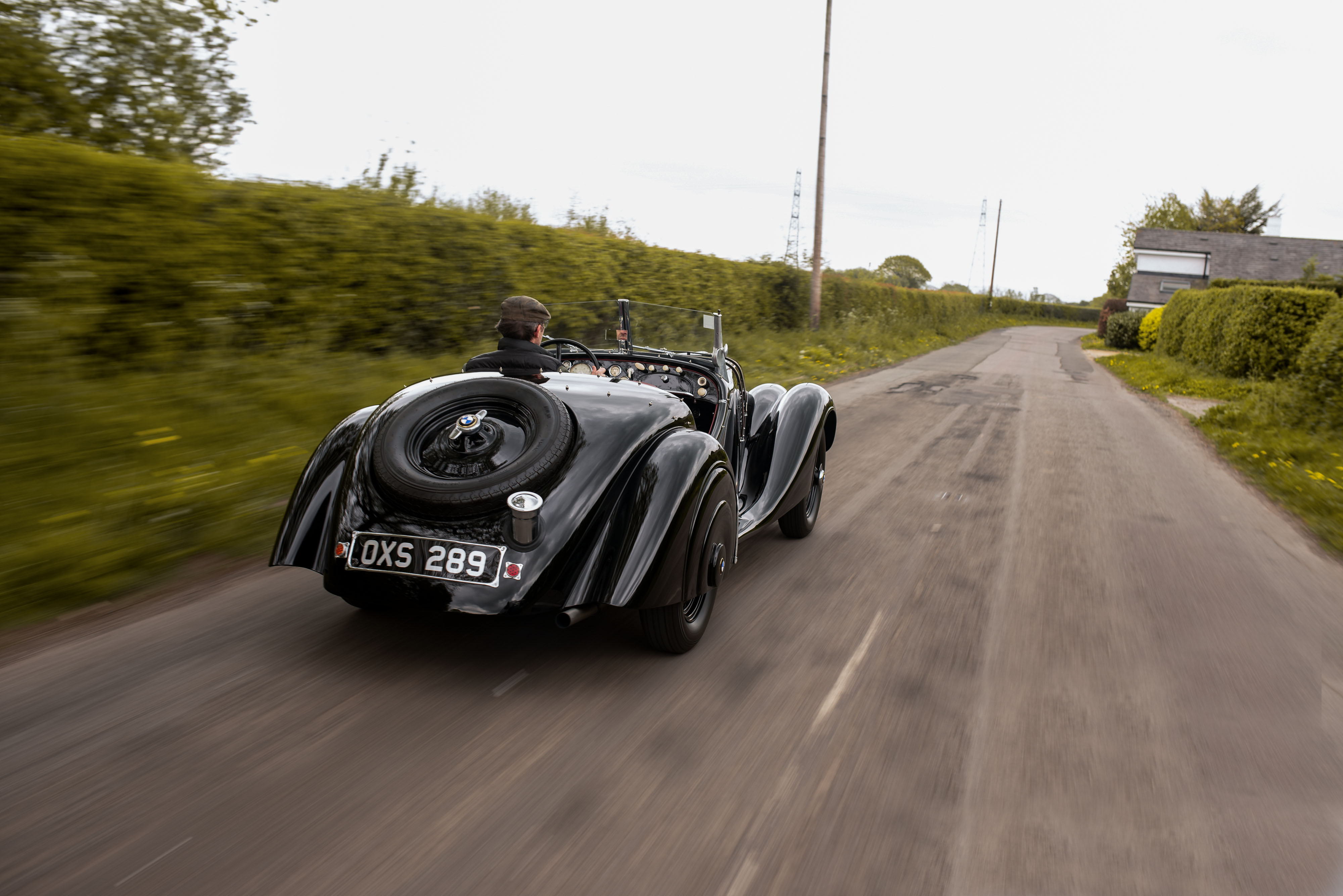During the pre-war era of automotive manufacturing, renowned brands such as Alfa Romeo, Bentley, Bugatti, and Mercedes-Benz epitomized the age with their powerful yet intricate performance machines. However, in stark contrast to this trend, the BMW 328 emerged in 1936 as a meticulously engineered, lightweight, well-balanced, and surprisingly user-friendly racing car, rare qualities for vehicles intended for the motorsport track at the time.
Production of the 328 began in April 1936, and BMW’s Works team extensively campaigned the car in contemporary racing events. The very first car, with chassis number 85001, secured a remarkable victory when driven by Ernst Henne to first place overall at the Eifelrennen Nürburgring. In April 1937, the first customer cars were delivered. A combination of factory-backed and privately-entered cars continued to participate in subsequent races, achieving notable triumphs in the late 1930s at events like the Grand Prix des Frontières, Bucharest Grand Prix, and Eläintarhanajo in Finland.
In 1938 alone, the BMW 328 triumphed in approximately 125 events, including impressive 1-2-3 finishes at the Mille Miglia, International Avusrunnen, and Grand Prix des Frontières, as well as securing two victories at the Nürburgring. These remarkable successes were followed by a three-car team entry at Le Mans in 1939, where the cars finished 5th, 7th, and 9th.
The 328’s dominance continued at the shortened 1940 Mille Miglia, with team cars claiming 1st and 3rd places, while privateer entries secured 5th and 6th positions. By this time, the 328 could be tuned to accelerate from 0 to 60 mph in just 8.8 seconds and attain a top speed of over 110 mph. H.J. Aldington, a British BMW importer and privateer, even achieved a staggering speed of 117 mph at Brooklands, an impressive feat for that era.
By September 1939, a total of 464 BMW 328 examples had been produced, and the model continued to dominate in club racing well into the 1950s.
Source: RM Sotheby’s



